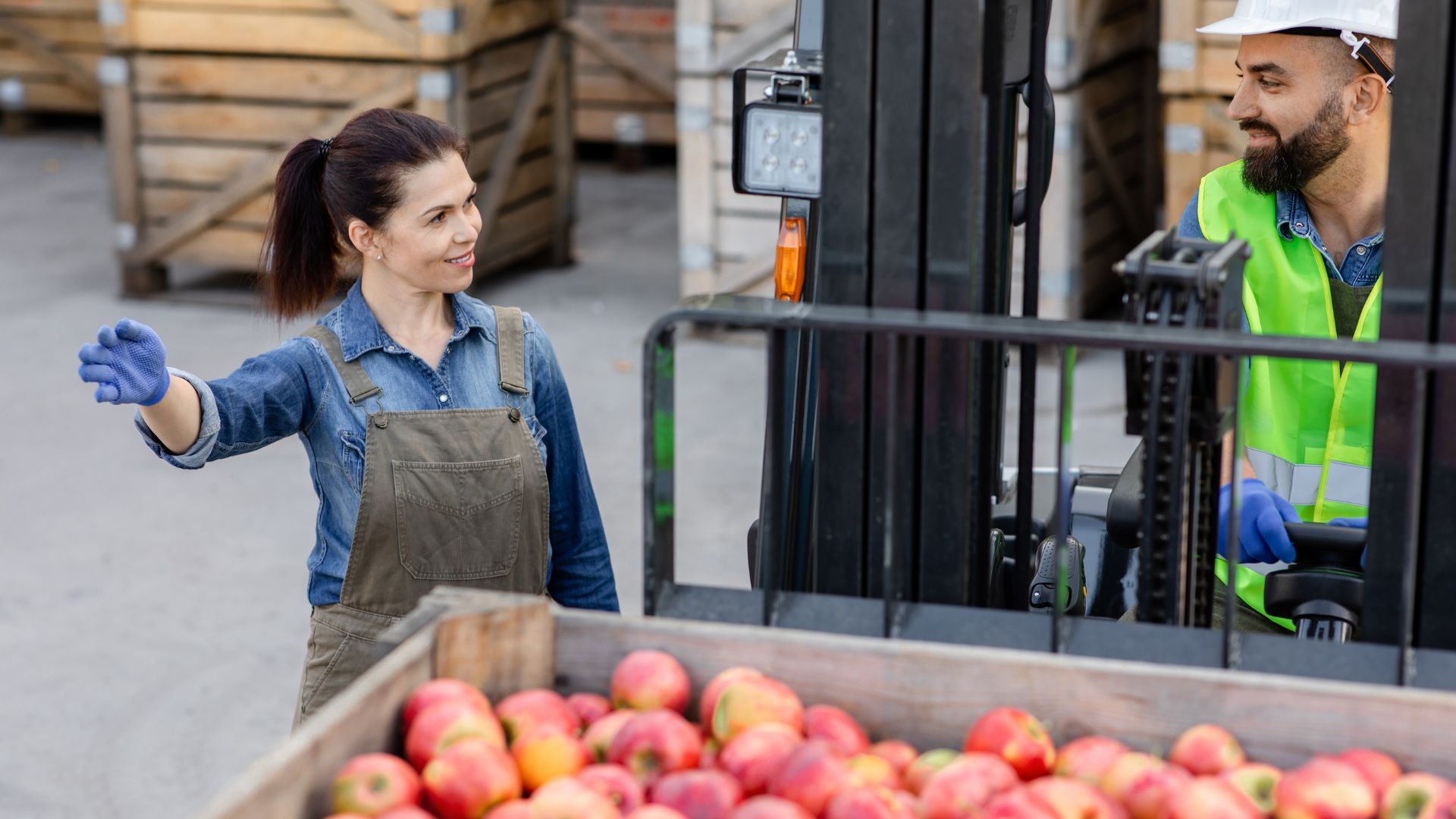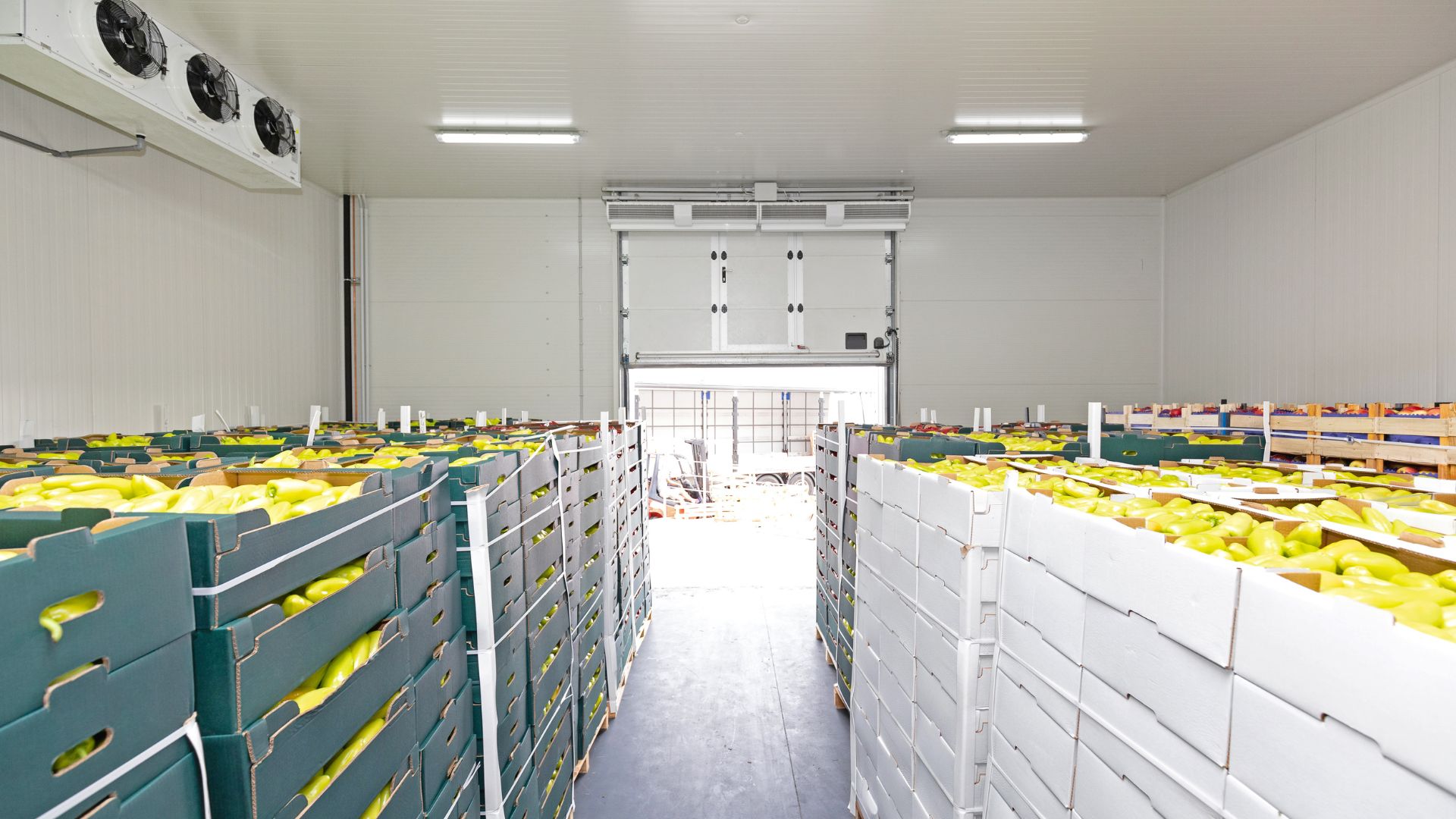
Danielle Tan
Chief Operating Officer
Learn how to maintain food safety with best practices in material handling.

Material handling is a critical component in food safety management systems, essential for ensuring the integrity and safety of food products from receipt to delivery. Proper handling techniques prevent contamination, maintain product quality, and support regulatory compliance. Effective material handling encompasses various activities, including unloading, storage, and picking, each with specific procedures designed to mitigate risks and protect food safety.
Unloading
Unloading is the initial step in the material handling process, where products are unloaded from transportation vehicles. For temperature-controlled products, maintaining the appropriate temperature during offloading is crucial. Prolonged exposure to ambient temperatures can compromise product safety and quality. To prevent this, strict guidelines must be established, including defining the maximum time products can remain in ambient conditions before being transferred to a temperature-controlled environment. This ensures that products like dairy, meats, and frozen foods retain their required temperatures, minimizing the risk of bacterial growth and spoilage.
Storage
Storage involves placing materials into their designated storage locations. Proper storage is essential to prevent contamination and ensure product integrity. Segregation of materials based on their nature and storage requirements is a key practice. For instance, allergens must be stored separately from non-allergen products to prevent cross-contamination. Similarly, raw materials should be stored away from ready-to-eat foods. Temperature-sensitive products should be placed in appropriate temperature-controlled zones promptly. Implementing these measures ensures that food products are stored in optimal conditions, preserving their quality and safety.
Picking
Picking refers to the process of selecting and preparing products for distribution or further processing. It is critical to understand and adhere to restrictions on mixed loads, where incompatible products should not be transported together. For example, raw meat should never be transported alongside ready-to-eat salads to avoid cross-contamination. Training staff on these restrictions and ensuring they follow proper protocols during the picking process helps maintain the safety and quality of food products.

Material Handling Procedures
Developing comprehensive material handling procedures is essential for training staff and ensuring consistent practices. Key considerations include:
- Preventing Damage: Establish rules to handle materials carefully to avoid damage. Proper handling techniques reduce the risk of compromising the product’s integrity.
- Segregation and Storage: Ensure materials are stored in specific locations to prevent cross-contamination, especially with allergens and temperature-sensitive products.
- Time Management: Set maximum timescales for putting materials away, especially if offloaded in ambient areas. Prompt storage in temperature-controlled environments is crucial.
- Unloading Area Design: Design unloading areas to prevent product mix-ups. Designated waiting locations for offloaded materials minimize the risk of contamination.
- Positive Release Materials: Define procedures for handling materials requiring positive release, ensuring they meet quality and safety standards before distribution.
- Expiry Dates and Stock Rotation: Consider expiry dates in storage procedures. Implement stock rotation to use older stock first, maintaining product freshness.
- Mixed Load Restrictions: Identify and enforce limits on handling incompatible materials together to prevent cross-contamination.
Managing Pallets
Repacking materials on pallets may be necessary if they become damaged. A standard procedure for managing pallets should include:
- Pallet Construction: Train staff to construct pallets to an agreed configuration, ensuring stability and preventing damage.
- Securing Materials: Use band-wraps or additional packaging to secure materials on pallets, maintaining their integrity during storage and transportation.
- Labeling: Properly label repacked materials to maintain traceability and ensure accurate identification.
Handling wooden pallets in food storage is crucial to ensuring food safety. Wooden pallets must be regularly inspected for signs of damage, contamination, and moisture. They should be kept dry, clean, and free from pests or chemical residues that could transfer harmful substances to food products. Proper maintenance includes repairing or discarding damaged pallets to prevent physical contamination. Additionally, pallets should be stored in a controlled environment to avoid exposure to contaminants. Ensuring the integrity and cleanliness of wooden pallets is a vital step in safeguarding the quality and safety of food products throughout the storage process. To further enhance food safety, it is recommended to use plastic pallets. Unlike wood, plastic pallets are non-porous, easier to clean, and less prone to harboring pests or absorbing spills, providing a more sanitary and durable option for food storage.

Conclusion
Effective material handling is a cornerstone of food safety management systems, encompassing offloading, storage, and picking processes. By implementing strict handling procedures and training staff thoroughly, food businesses can prevent contamination, maintain product quality, and ensure compliance with safety regulations. Proper material handling not only safeguards the integrity of food products but also upholds consumer trust and enhances overall food safety.
Curious to learn how to learn more about effective material handling practices through food safety? Get in touch with us now for more information.






